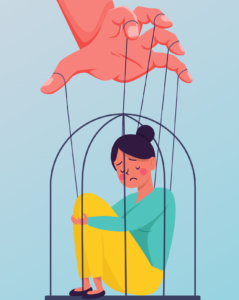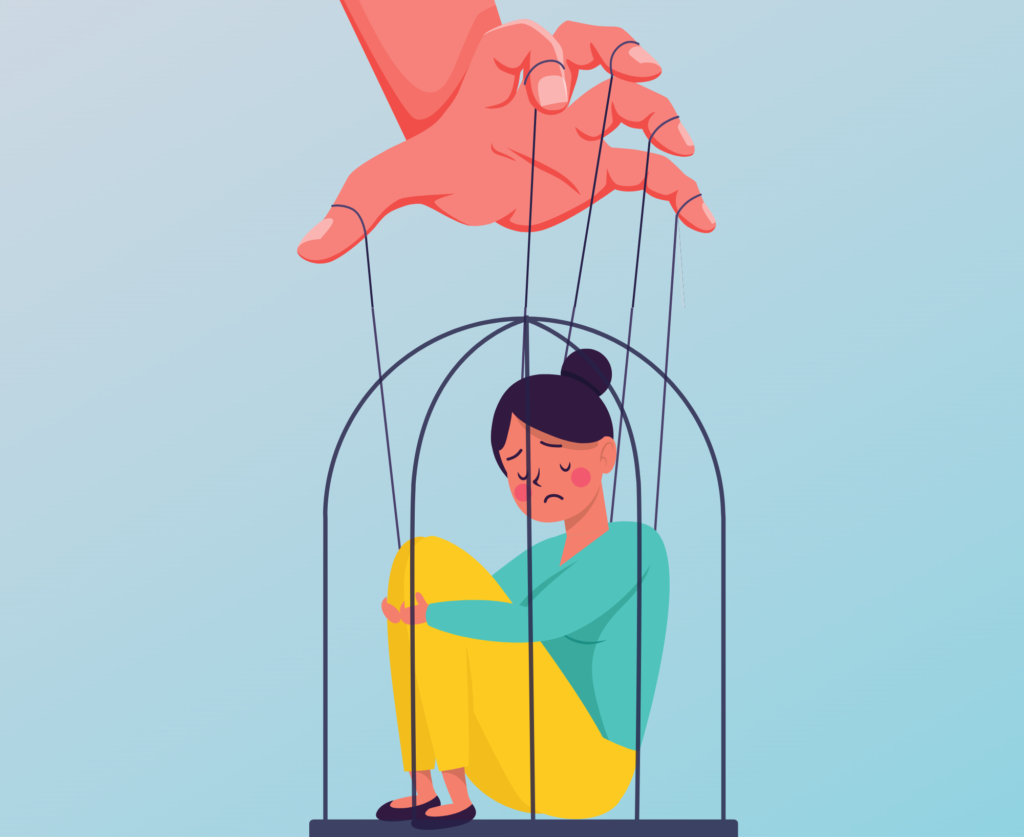Coercive Control: Abuse Hidden in Plain Sight
What is this subtle but serious form of domestic abuse?
You’ve heard the terms “abuse” or “domestic violence”. Even if you aren’t aware of every detail or fact about the topic, you’d see it and likely not have to question what it means. Turning on the news, scrolling through social media, reading the web, you’ll (unfortunately) see stories about domestic violence and abuse.
But – there’s a deeper part of abuse and domestic violence, though, that often goes undiscussed: coercive control.
To understand coercive control, you first need to understand domestic violence: “Domestic violence is a pattern of behavior in a relationship that is used by one partner to gain or maintain power and control over another intimate partner. (USA Department of Justice)”
Remember, too, that DV is not only physical – it can also be sexual, psychological, emotional, financial, or digital actions or threats of actions.
Power and control is the main point of DV, and that’s where coercive control starts to show itself.
Coercive control is the pattern of behavior or actions used by a perpetrator to frighten, threaten, oppress, and limit their victim. A perpetrator will work to isolate and intimidate their partner to the point where their partner’s isolation from others and dependence on them gives them an immense feeling of power and control.
It’s a dangerous ploy.
The reason it’s not always explained is because it’s not-so-easily defined.
Coercive control can show up in many ways and in a variety of relationships. The way it transpires is through different tactics a perpetrator will use. Some of these include:
- Isolating partner from support system
- Excessively monitoring partner’s activity throughout the day
- Denying partner’s freedom and autonomy
- Lying and gaslighting
- Name-calling and putting down partner
- Limiting partner’s access to money (even their own finances)
- Reinforcing traditional gender roles
- Turning partner’s own kids against them
- Controlling aspects of partner’s health and body
- Making jealous accusations
- Regulating the sexual relationship decisions
- Threatening partner’s pets and/or children (Healthline)
 It’s important to remember that COERCIVE CONTROL can strip away a victims’ sense of self, independence, and even basic rights.
It’s important to remember that COERCIVE CONTROL can strip away a victims’ sense of self, independence, and even basic rights.
A victim would feel trapped. Confused. Lonely. Embarrassed. Scared. And that’s just the manipulation – most often, physical or other times of abuse occur hand in hand with coercive control.
The scary part about coercive control is in its name: coercive. Many victims don’t even realize they’re being trapped by this pattern of behaviors until they’re in too deep because of how subtle these tactics can be.
That’s why knowing about this form of abuse is so vital.
It can teach individuals what to look out for before or while it’s happening and hopefully give them a chance to get out! Not only that, but knowing these behaviors and warning signs can help you reach out to a loved one if you notice anything.
So, during this month of February, which is Teen Dating Violence Awareness Month, take time to learn more about different forms of abuse and violence and share with others. Prevention starts with education! Even just reading this right now is a step towards a better future, free of domestic violence.
By Becca Schroeder (she/her)
DVN Marketing Specialist
Sources: United States Department of Justice, Healthline
